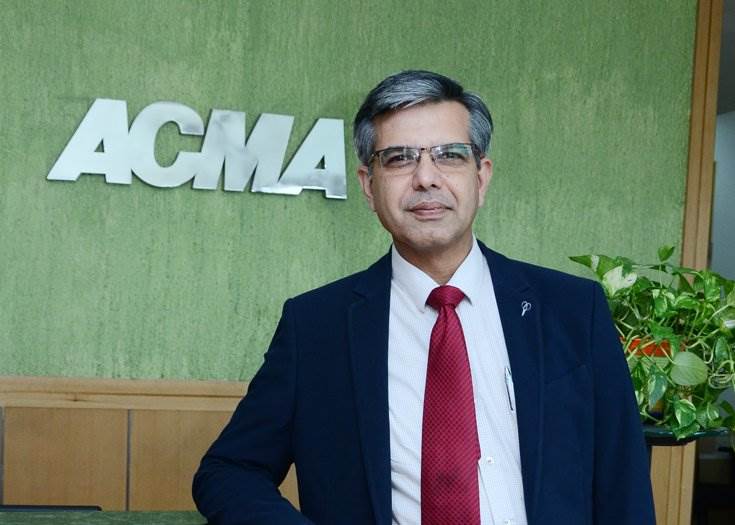Mr Vinnie Mehta, Director General, ACMA (Automotive Component Manufacturers Association of India), in conversation with EVStory's Pushpa Nair.

What is your take on the EV industry today?
Today, everyone is discussing carbon neutrality. Autos are likely one of the primary sources of carbon pollution, atmospheric carbon. Consequently, countries worldwide are moving toward carbon neutrality and transitioning to electric mobility. And while the carbon neutrality issue has recently gained importance, our prime minister went to COP26, and we said 2070 would be our year of carbon neutrality.
Various countries are now banning ICE; the UK has said it will ban ICE vehicles by 2030. And their deadline for carbon neutrality is 2035. And similarly, if I'm not mistaken, Japan and US have also declared their deadline for carbon neutrality. So, if you ban petrol and diesel vehicles, electric mobility is the alternative. And that is seen more as a feasible solution for cars.
When it comes to commercial vehicles, especially the medium and heavy trucks, the big trucks that ply on highways, we have yet need to find a feasible solution. Probably hydrogen-based engines, conventional engines you have to modify to run on hydrogen. That's one solution that has been looked at, and hydrogen fuel cells are another technology. But nothing so far that can be called pragmatic. Two-wheelers are animal-specific to India and probably some Southeast Asian countries such as Indonesia because we are probably the most prominent riders of electric scooters and motorcycles worldwide.
Globally, there's a very significant move towards electric vehicles. China is the world's largest market for electric cars, followed by Europe. In India, the FAME scheme (Faster Adoption and Manufacture of (Hybrid and) Electric Vehicles) pushed for electric mobility. We estimate that by 2030, probably 100% of the three-wheelers in India will be electric.
Many corporations today have carbon neutrality aspirations. So, delivery companies, all the e-commerce companies, the food delivery companies etc., essentially their entire fleet of delivery vehicles, and due to their carbon neutrality, they are all electric. Virtually everything associated with urban distribution is becoming electric. However, when it comes to electric automobiles, there is still a disparity in rates. The government incentives are based on the belief that they should subsidise and incentivise those not economically well-off, which is precisely how it should be. To maximise the effectiveness of government subsidies, they are providing incentives for two-wheelers, three-wheelers, and buses.
Finally, to make the electric mobility story a reality, the charging infrastructure must keep pace; however, private players and the government are trying to ensure enough charging infrastructure. The charging infrastructure does not constrain the Two-Wheeler because you can charge the batteries inside your house or look at other options. Thanks to the growing success of this nascent market, many new players entered the two-wheeler market and enjoyed success when the more traditional players were initially hesitant. Some of the more prominent automobile companies are seriously looking at this sector.
How does ACMA help and support the EV sector?
We are involved in a variety of activities. ACMA has made substantial changes to its membership requirements, allowing non-ecosystem companies like start-ups, electronic devices, manufacturers, telematics producers, and telematics solutions providers to become members. Previously, our membership requirements were restricted to ICE component makers. In addition, we frequently conduct what we call technology displays or unique exhibitions that are designed for a particular client. The client's requirements are communicated to our membership base, and we subsequently arrange communication between a select group of member companies. We also have the CEOs of these companies address our members under the auspices of ACMA. The topic of the ACMA's annual conference for the previous two years has been "the future of mobility."
We have been working closely with the government on formulating the FAME and the PLI plan and have been involved in virtually all state regulations about electric mobility. We have regularly hosted events and seminars at the policy level, collaborating with the government on a strategic intervention level and fostering connections between entrepreneurs and industries.
 EVStory.in - India's best EV Portal
EVStory.in - India's best EV Portal